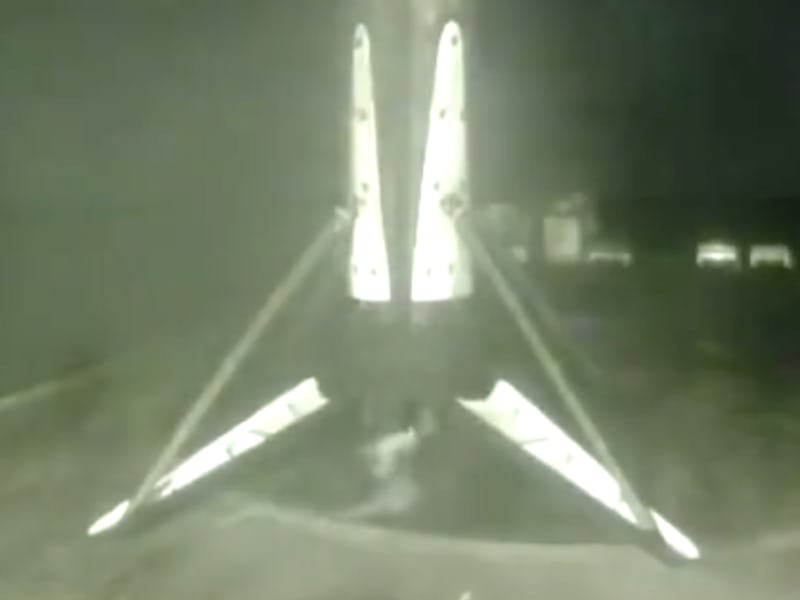SpaceX Starlink: watch incredible moment Falcon 9 set a rocket reuse record
The company's Falcon 9 successfully landed after the latest Starlink mission.

SpaceX's latest Starlink mission went off without a hitch, setting a new record for rocket reusability.
At 9:25 p.m. Eastern time on Wednesday, the company launched the eighth batch of 60 satellites, designed to form part of an internet connectivity constellation. The Falcon 9 rocket lifted off from Space Launch Complex 40 at the Cape Canaveral Air Force Station in Florida. Moments after launch, the rocket successfully landed on the drone ship Just Read the Instructions positioned in the Atlantic Ocean.
The successful landing of the rocket marks a new record for the space industry. It's the first time that any orbital-class rocket has successfully flown and landed five times. It marks a big step toward saving the rocket from every mission, a technique designed to recuperate most of the costs associated with rocket launches.
Thursday also marks a special occasion for the Falcon 9 project - it marks 10 years since the first Falcon 9 mission launched.
Watch the rocket landing below:
The record-setting rocket in question, dubbed B1049, has taken on five different missions:
- The Telstar 18 mission on September 10, 2018. This landing marked the first time one drone ship, Of Course I Still Love You, caught more than four boosters successfully in a single year.
- The Iridium-8 mission on January 11, 2019. This marked the end of a two-year, $3 billion project to upgrade the Iridium constellation with 75 satellites. This was also the first successful landing of that year.
- The first Starlink mission on May 24, 2019, which sent up the first batch of 60 Starlink satellites.
- The third batch of 60 Starlink satellites on January 6, 2020.
- The eighth batch of satellites on June 3, 2020.
The record is a big step forward in the plan to reduce the cost of flying rockets. SpaceX's website lists the cost of flying a Falcon 9 at $62 million. Reusing the booster saves approximately $46.5 million of the total launch cost, making it a particularly lucrative project.
SpaceX first tried to save a booster in 2013, but it failed. The first successful save was in 2014. SpaceXStats shows it managed to save 15 boosters in 2017, in a year when it launched 18 Falcon 9s. In 2019 it again saved 15 boosters, in a year when it launched 11 Falcon 9 rockets and two triple-core Falcon Heavys.
The company has saved boosters 52 times in total. It has reflown rockets on 35 missions, and its fastest turnaround between flights is just over 62 days.
The B1049 rocket was captured during its launch phase by Reddit user "mdcainjr":
Another booster, B1048, nearly grabbed the same record as B1049. Its first flight was on July 25, 2018, for the Iridium-7 mission. Unfortunately, after its fifth launch on March 18, 2020 to send up the sixth batch of Starlink satellites, the rocket failed to land on the Of Course I Still Love You ship.
The Inverse analysis – SpaceX's rocket landings are impressive, but what could come next may be even more impressive. The firm is currently developing the Starship, a stainless steel ship at the Boca Chica facility in Texas. This fully-reusable ship is designed to rapidly fly again and again: CEO Elon Musk has claimed the ship is designed to fly three times in one day, meaning one ship can support 1,000 launches per year.
Whether SpaceX can meet that fast turnaround time remains to be seen, as the Falcon 9 Block 5 was designed for 24-hour turnaround times. But Wednesday's feat shows that, over time, SpaceX is making big steps on its rocket reusability mission.